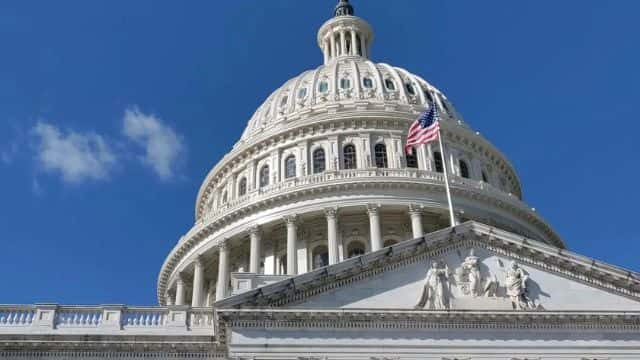Saving enough money for retirement can take a lifetime. For this reason, it is crucial to learn about your employer-sponsored retirement options as soon as feasible. 401(k) plans may be well-known to you.
However, if you work in public education or for a non-profit, cooperative hospital or religious institution, you will likely have access to a different retirement plan: the 403(b) plan.
What is a 403(b) strategy? A 403(b) plan is a tax-deferred retirement account that is often available to employees of public education institutions, nonprofit organizations, and certain religious institutions. To offer 403(b) plans to employees, the firm must meet IRS qualifying requirements.
How 403(b) plans work-
403(b) plans are comparable to 401(k)s (the numerical names refer to which part of the tax code each complies).
They permit you to deposit a portion of your pre-tax income to a retirement account, where it can grow tax-free until you begin to withdraw funds. Employers can contribute to these schemes as well.
Matthew Sanchez, a Certified Financial Planner and financial advisor with Biechele Royce Advisors, explains that employees can contribute up to $20,500 to a 403(b) in 2022.
“To a total of $27,000, employees over the age of 50 may contribute an additional $6,500. Employers often contribute 1 to 5 per cent of pay to these programs, similar to what their for-profit counterparts’ “counterparts do.”
There is no identical 403(b) plan. Individual employers collaborate with organizations that provide and administer 403(b) plans to establish what they want to give their employees in their company-sponsored plan.
Options could include matching contributions, the opportunity to borrow against a balance, and the freedom for employees to choose how their assets are invested.

At the absolute least, you should be able to make elective deferrals, which allow you to choose how much of your pay goes into your retirement account.
Your company has the option of making its own contributions to your retirement account. They are not obligated to, but many do as a perk of their employment. In 2022, the combined 403(b) contribution maximum is $61,000.
Ask your company if their 403(b) plan allows after-tax contributions or contributions designated as Roth contributions.
This would enable you to add previously taxed funds to your retirement account. Since you have previously paid taxes on those contributions, they are exempt from income tax upon withdrawal.
Employers also determine the investment options available to participants in a 403(b) plan. Millennial Wealth Management’s Kenny Senour, a Certified Financial Planner, asserts that plan sponsors set the features and vesting timeline of their plans.
Typically, their employees have the flexibility to self-direct their plan investments based on a list of available possibilities.
“Historically, annuities were the primary investment option for 403(b) programs,” he adds.
“This type of option is accompanied by undesirable consequences, such as complexity, potential surrender fees, and opportunity cost in the form of mediocre returns relative to a comparable mutual fund.
Fortunately, for the sake of simplicity and openness, many of these plans have adopted a more ‘open architecture’ structure, granting participants access to a streamlined menu of low-cost mutual funds.”
Identical to 401(k) plans, 403(b) plans have similar withdrawal rules. Withdrawing funds before the age of 59.5 are prohibited unless:
Are you no longer working for the plan’s sponsor
Are unable to work Have lost a loved one Have a financial burden
Have an eligible reserve, birth, or adoption distribution.
Have specific withdrawals from investments that provide lifetime income
Under the circumstances outlined above, your individual plan may permit you to take out a penalty-free loan against the funds in your 403(b) or withdraw funds early.
Early withdrawals that do not qualify for one of the aforementioned exceptions may incur a 10% penalty of the amount withdrawn.
Read more:-
- Can We Anticipate Additional Federal Stimulus Payments in 2022?
- This Year, Don’t Neglect to Conduct a Mid-year Portfolio Review
- Not Just the Syndicators Abuse Conservation Easements
For instance, if you are younger than your plan’s minimum age and wish to withdraw $10,000 from your 403(b) account to pay for house repairs, you would be required to pay income tax on that amount as well as an additional $1,000 penalty ($10,000 x 0.10 = $1,000).
You would not be required to pay taxes or penalties if you borrowed the funds from your plan. However, you would be required to repay the loan, which could incur interest.
The date on which you can begin making withdrawals from your 403(b) plan may be decided by your provider.
Although the IRS specifies the minimum age for penalty-free withdrawals at 59.5, your plan may specify a different age in the contract. You are required to begin taking withdrawals from your 403(b) plan at age 72 if you have not already done so.
Senior explains that the types of withdrawals available to retirees vary by plan. “However, employees often have the choice of rolling over their account to another qualified retirement account, taking a lump sum distribution, or setting up ‘instalment payments’ on a monthly or quarterly basis.”


